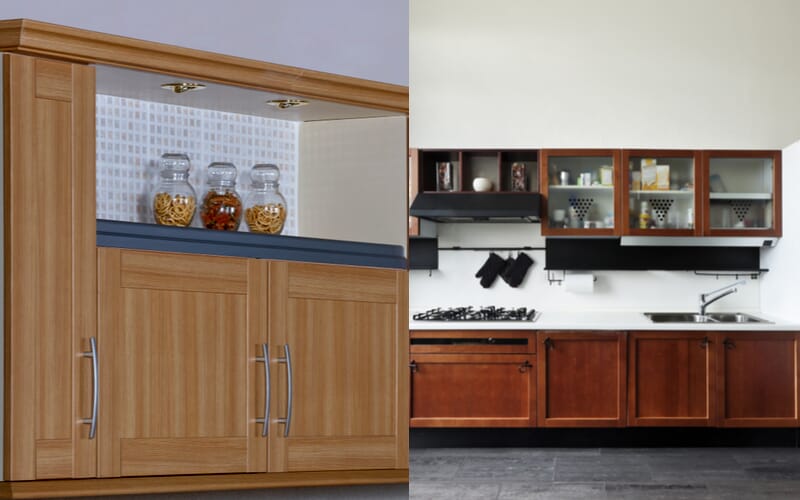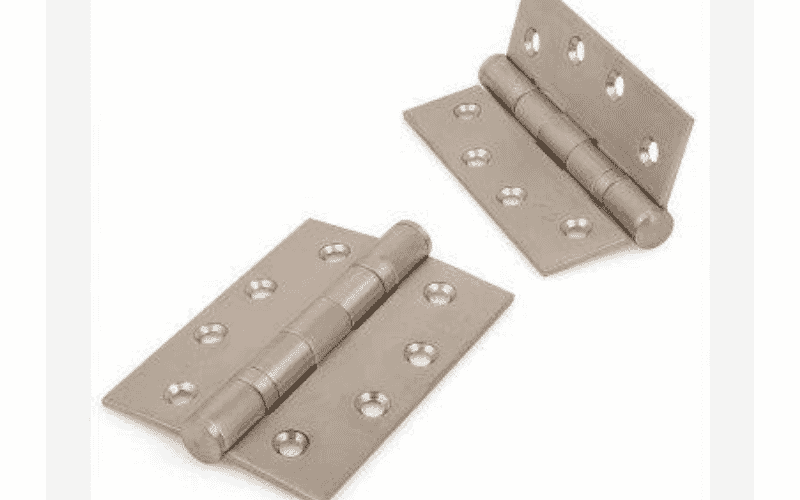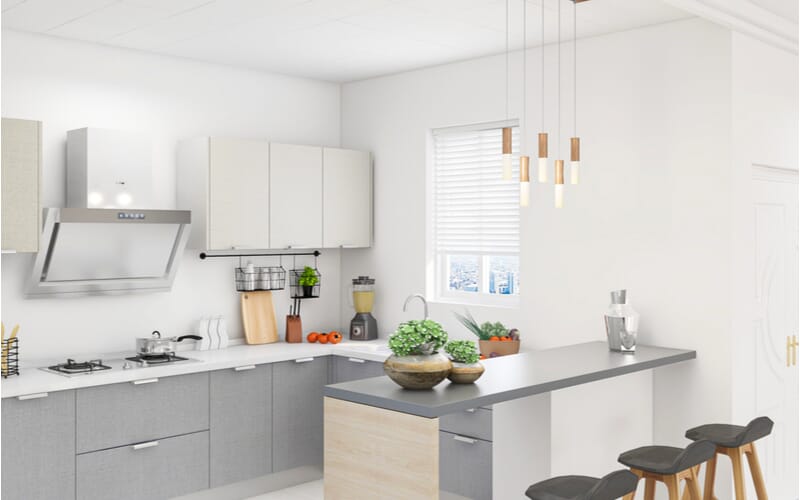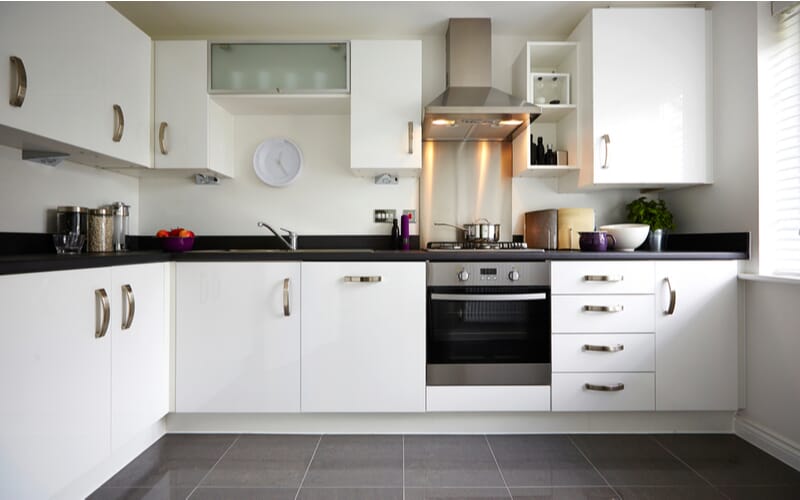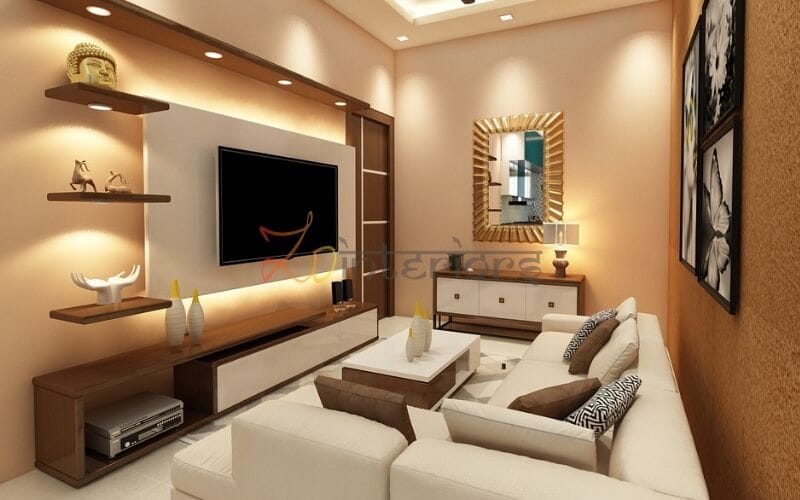Table of Contents
Mandir Design Ideas
Indians are religious people and every household in India has a designated place where we can pray in peace. Many homes have a specific room where they place their shrine. However, many prefer their gods to be out in the living room so they are always visible. Following are some of the best mandir design ideas for your living room.
1. Wooden Corner Mandir
When establishing a mandir in their living room, setting it up against a corner is one of the most common options. Most of these mandirs come in wood and its quaint presence adds a juxtaposition with the tiling. They come in varying sizes and simple or intricate doors.
Most of these mandirs are designed to hold one or two statues and necessities for conducting prayer. This minimalism keeps the mandir out of sight when not in use, but when the lights are on it provides a holy warmth like none other.
2. South Indian temple Design
If you are looking to get a slice of the temple home, then this style mandir is a good option. It is space-consuming but worth it. It is a mandir entirely designed out of wood, with two full-sized doors leading to the main temple. The doors themselves are donned with intricate work and covered in brass. As the inside is spacious you can easily place as many frames and sculptures that seem fit. To make it more authentic, you can add pillars and columns in the corner.
3. Portable Wooden Pooja Unit
This pooja unit functions as a temple by its own. It’s one advantage is mobility. As the mandir is not bound to one spot you can move it around as it seems fit. They are generally all wood, on a platform which also functions as a storage space. Like most mandirs, this unit has doors with beautiful jaali work.
The fine craftsmanship on the mandir makes you feel like a slice of Tirupati is inside your own home. As the mandir is movable it also works as a piece of decor in the living room.
4. Mandir with Foldable Doors
The mandir, in this case, has a designated space just like any other. The only difference is the access door. Rather than standard hinged doors, these mandir’s have foldable doors. They are accordion style doors which come in the same intricate jali patterns as most. If the living room is small, then this helps save space. Once folded, the doors aren’t visible and the mandir blends seamlessly with the living room. It also acts as a partition between the room and the mandir.
5. Marble Mandir Design
Most mandir’s come in a wooden style design. However, there has been a shift recently where people are leaning towards marble temples. The white marble creates a beautiful home for your idols. It goes perfectly if you have tiling of a similar hue. They come in various sizes and are perfect for any space. When the oil lamps are lit inside the light pouring out of the jali doors casts a beautiful shadow. There is a variation to the all marble mandir where it is mounted on a wooden platform. It creates a contrast with the marble and also functions as a storage space for pooja necessities. This mandir is best kept in a designated spot as moving it too much might cause damage.
6. Floating Mandir
Floating mandirs are wall-mounted and take very little space. They leave a lot of floor space open which could be utilised otherwise. Most of the floating mandir’s come in wooden format. The wood used is lightweight and there is minimum pressure on the mounts. These come equipped with one source for a light which is sufficient given the size. The doors have a minimalistic form of jali work which works perfectly for the size.
7. Mandir along the Wall
Rather than designating just a small space to house your idols, you can create your mandir along with one of the walls. It is best to choose the smaller wall as that space should be more than enough. You can hang as many pictures you want and set hanging shelves or counters to place idols and incense holders. If you like a mandir which is open and visible then this is the setup for you. In case you don’t, then a simple foldable partition should do the trick.
8. Mandir at Entrance
Many prefer placing their mandir at the entrance. It is done to have god watch over the protection of the house and bless all those who enter and exit the house. It causes guests to take pause and bask in the presence of god and feel comforted. It could be done simply with a simple counter on which the idols and oil lamps are placed. You can also place a pooja unit if the space permits. Keep the internal lights lit and at night it will feel like gods themselves are welcoming whoever enters the house.
9. Display Unit Mandir
If you have a spare display unit it can easily be turned into mandir in your living room. It is unconventional but it adds a great aesthetic to the living room. Most display units are along the wall or in the corner, therefore these pooja units do not take much space and are neatly tucked away. These displays also function as a great way to showcase your idol collection. Another way to use the display unit is to place it high near the ceiling, so it feels like gods are looking upon you from heaven itself.
10. Mandir in the Cabinet
If you want a mandir in the living room, but don’t want it to take much space then cabinet mandir units are a good option. These cabinets can be placed along the wall or in the corner. The cabinet mandirs have ample storage space and the mandir is elevated to eyes length. These cabinets come in plywood but you can also get them in a more intricately crafted wood.

